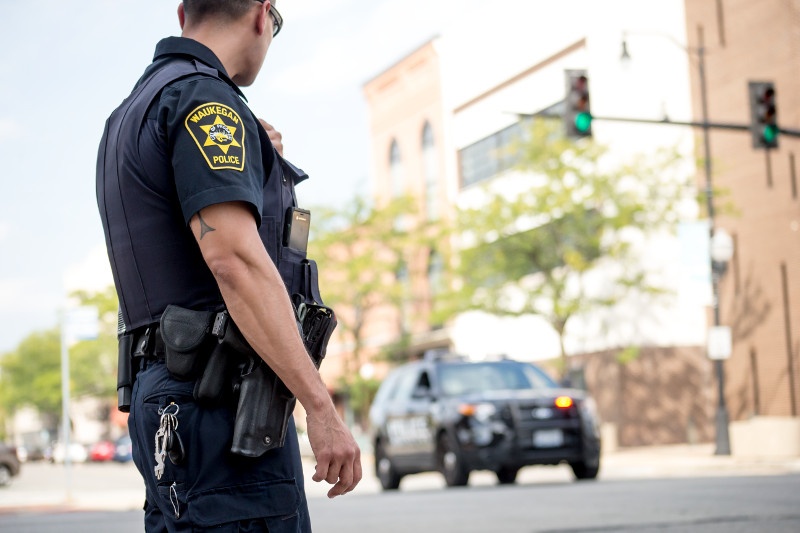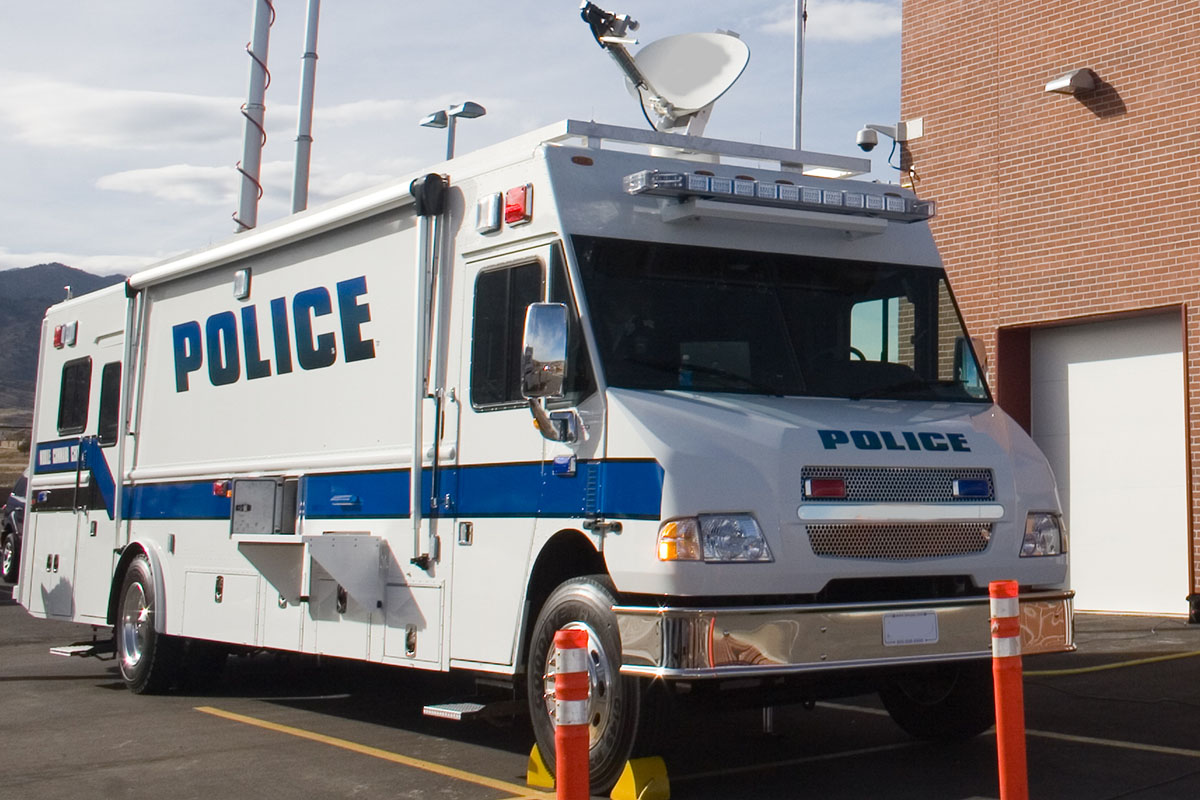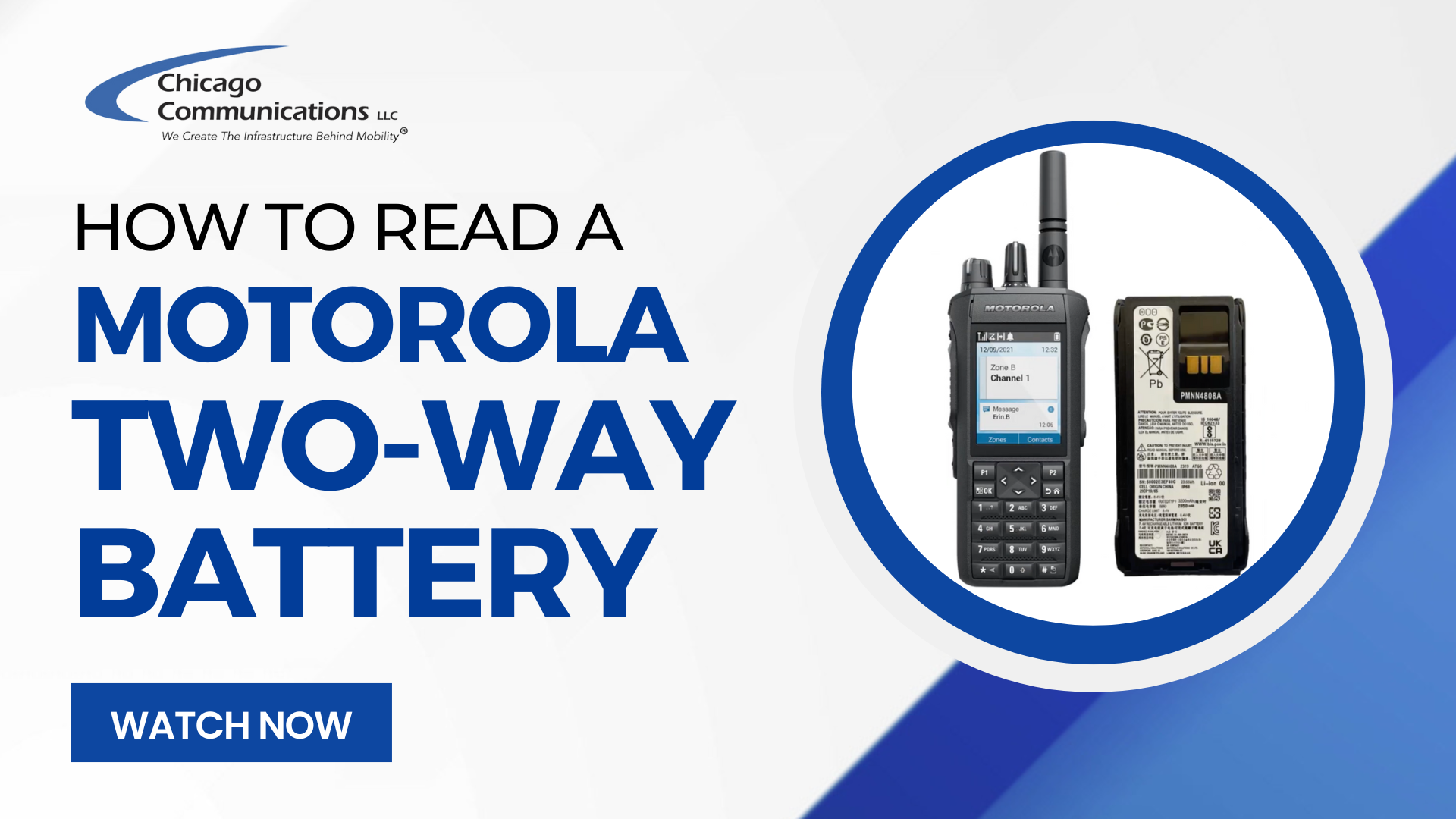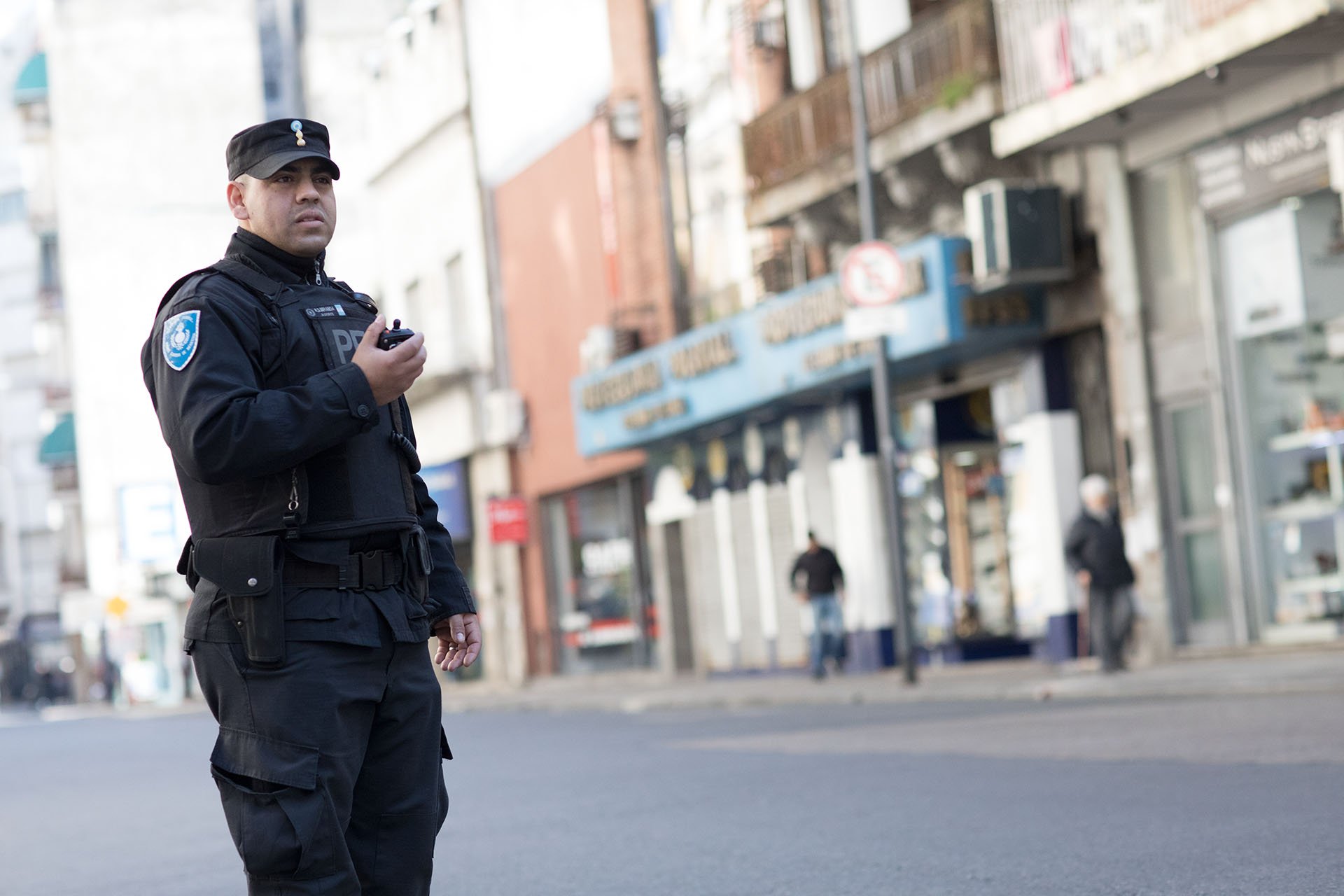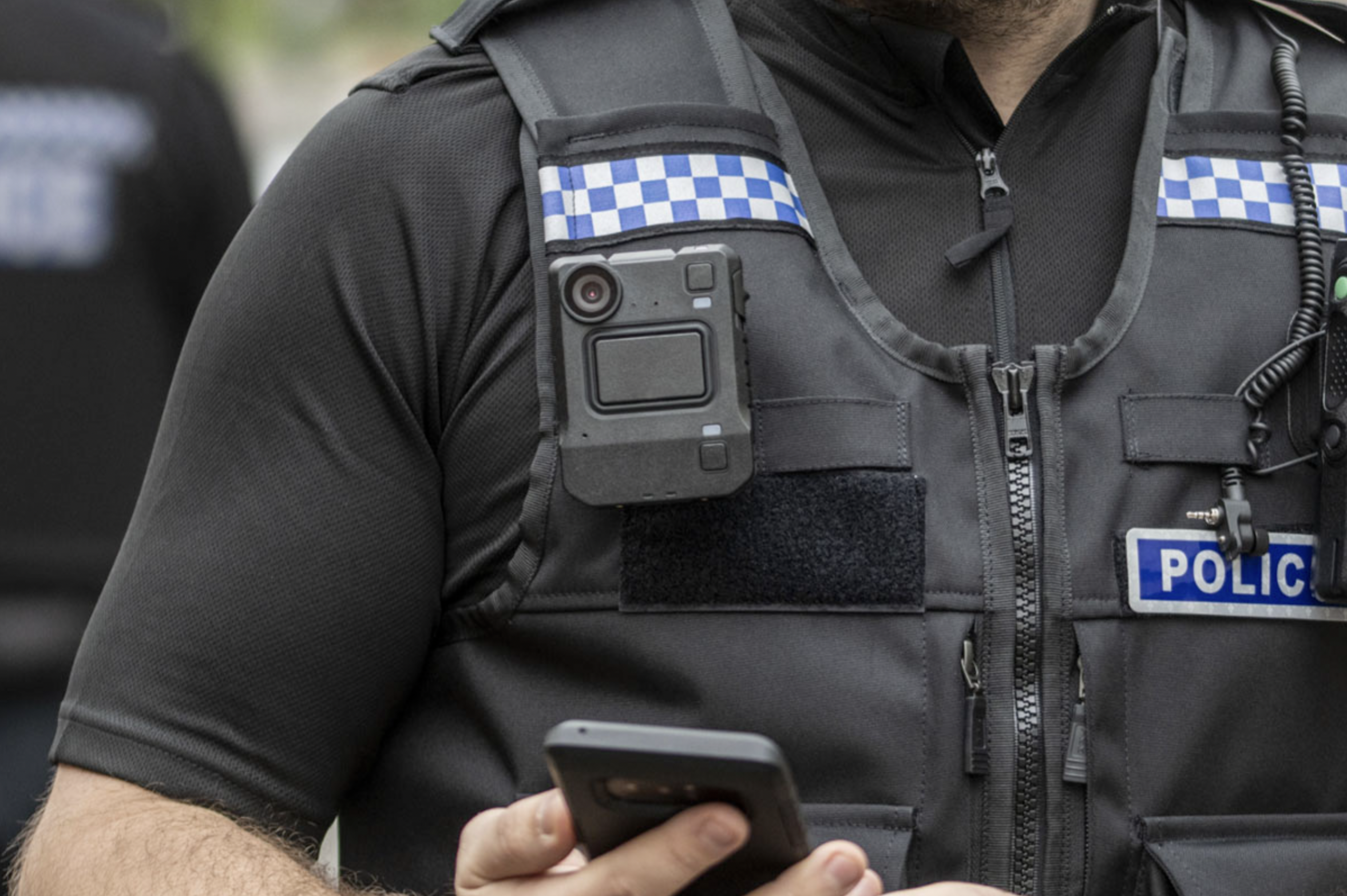Police radio codes, along with 10 codes and the police phonetic alphabet, are part of what makes public safety’s communications style so unique.
The radio lingo specific to police officers and personnel has its own history and patterns, while allowing radio users to communicate faster and more clearly.
While ten codes for public safety usually get the spotlight, there are other interesting police radio codes to be aware of that are specific to departments and locations.

